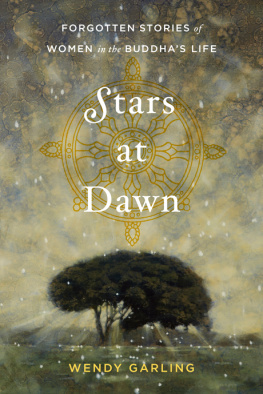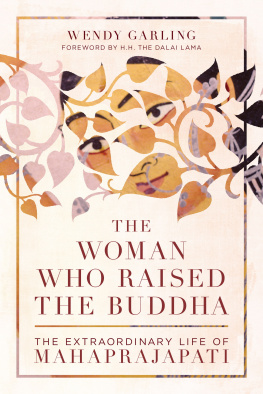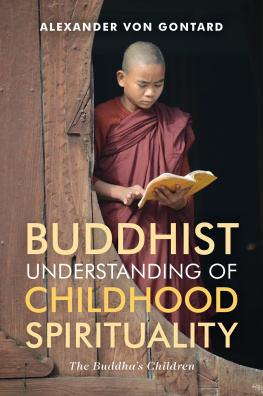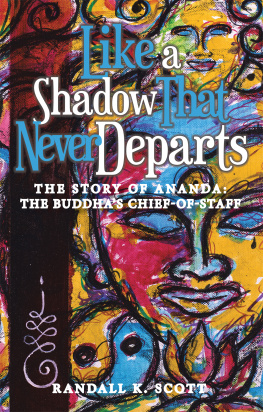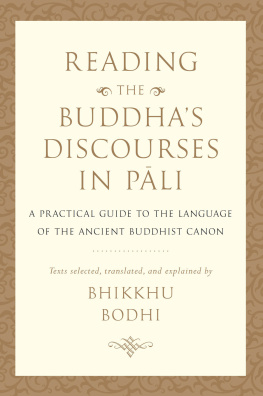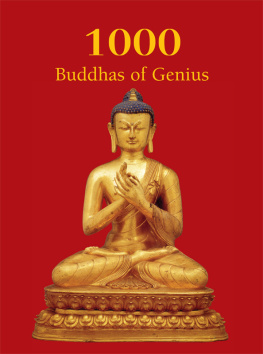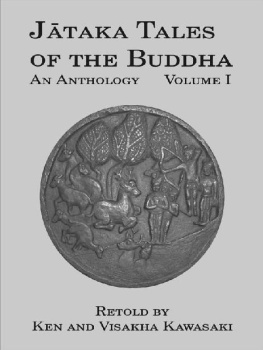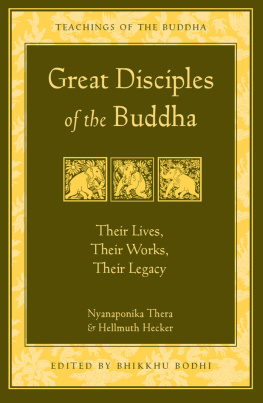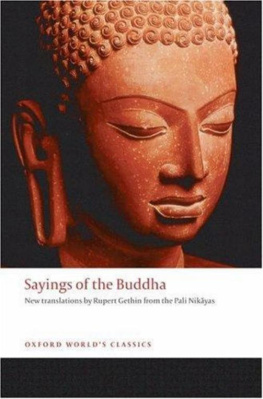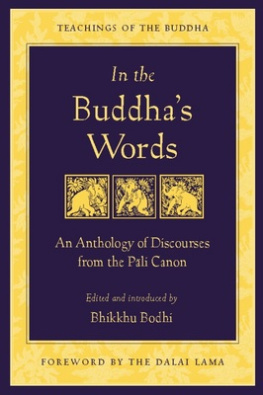Sign up to receive news and special offers from Shambhala Publications.

Or visit us online to sign up at shambhala.com/eshambhala.
FORGOTTEN STORIES of WOMEN in the BUDDHAS LIFE
Stars at Dawn
WENDY GARLING

Shambhala
Boulder
2016
Shambhala Publications, Inc.
4720 Walnut Street
Boulder, Colorado 80301
www.shambhala.com
2016 by Wendy Garling
Cover art: Kim Kee Tae/Bridgeman Images
Cover design: Graciela Galup
Excerpts from the Therigatha: Reprinted by permission of the publisher from Therigatha: Poems of the First Buddhist Women, translated by Charles Hallisey, Murty Classical Library of India Volume 3, pp. 55, 111, 113. Cambridge, MA: Harvard University Press, 2015 by the President and Fellows of Harvard College.
Excerpts from the Lalitavistara: Reprinted from The Play in Full, Dharmachakra Translation Committee and used with permission of 84000: Translating the Words of the Buddha (84000.co). The views and statements in Stars at Dawn regarding the Lalitavistara are entirely the present authors and are not necessarily endorsed by 84000 or the Dharmachakra Translation Committee.
All rights reserved. No part of this book may be reproduced in any form or by any means, electronic or mechanical, including photocopying, recording, or by any information storage and retrieval system, without permission in writing from the publisher.
Library of Congress Cataloging-in-Publication Data
Names: Garling, Wendy, author.
Title: Stars at dawn: forgotten stories of women in the Buddhas life / Wendy Garling.
Description: Boulder: Shambhala, 2016.
Identifiers: LCCN 2015042736 | eISBN 9780834840300 | ISBN 9781611802658 (pbk.: alk. paper)
Subjects: LCSH: Gautama BuddhaFamily. | Gautama BuddhaFriends and associates. | Women in Buddhism.
Classification: LCC BQ933 .G37 2016 | DDC 294.3092/52dc23
LC record available at http://lccn.loc.gov/2015042736
TO OUR EARTH
And the reemergence of the sacred feminine
INTERDEPENDENCE, INDEED. This book could not have been written without the kind assistance and support of many wonderful scholars, mentors, friends, and loved ones. To all of them and to those who remain unseen or unknown I am grateful.
I want to thank the scholars who generously made themselves available both by e-mail and in person to answer my myriad questions in recent years: John Peacock, Rita Gross, Leigh Brasington, Andrew Olendski, and Elinor Gadon. To those who further took the time to read all or portions of my manuscript and offer critical feedback I am especially grateful: Nancy Tingley, Vanessa Sasson, Allie Aitkin, Daniel Aitkin, Vicki Noble, Carol Weingarten, and Julia Aditi Jean. A special thanks goes to John S. Strong at Bates College who was generous in helping me get started and whose own book, The Buddha: A Short Biography, was an original inspiration for its methodology of weaving together Sanskrit and Pali sources. Special thanks too to Deepak Anand, archaeologist on the ground in Bihar, India, whose work it is to bring ancient Magadha to life by uncovering those pathways and places where the Buddha walked and taught. I am humbled and grateful to count Bhikkhu Bodhi among the scholars who generously assisted me, patiently offering detailed insights and criticism, even when he did not agree with where I was headed. Finally, I must acknowledge my long-ago mentors in graduate school in the Department of South and Southeast Asian Studies at the University of California, Berkeley: Padmanabh Jaini, the late Barend A. van Nooten, and the late George F. Dales, all of whom helped fuel my fascination with the material that eventually gave rise to this volume.
With special fondness I want to thank two journalists, Betty Rogers and Caleb Garling, for their sharp editorial eyes and keen sense of what makes a story. I also want to acknowledge the women in my book club and Lam Rim study group, whose support and affection have been gently holding me through the travails of writing a book. I continue to draw inspiration from the ten years I spent at the Womens Well in Concord, Massachusetts. The wisdom of the sacred feminine as it emerged in sacred circle there changed my life in many ways, and no doubt helped midwife the idea for this book.
Many dear friends have been supportive of my work and offered a kind, listening ear through its progress: Connie Hershey, Caroline Palden Alioto, Zuleikha, Tamam and Shabda Kahn, Tally Forbes, Olivia Hoblizelle, Lisa Prajna Hallstrom, Meesha Lawson, Tsultrim Allione, Rebecca von Bachelle, Lara Loveman, Richard Snyder, John Whitehead, Maggie Perrin, Todd Lapidus, Aideen and Peter Jenkins, Michael Last, Carol Hamilton and David Khon. A special thanks to Edie Mas and Lora Zorian who opened the door in the very beginning of this project. I also want to thank Nikko Odiseos who readily saw potential in my early, unformed ideas. To the exceptional team at Shambhala Publications I owe tremendous thanks, especially to my talented editor, Liz Shaw.
With palms together, I offer the deepest gratitude to my dharma teachers and guides of whom there have been many, beginning with my refuge lama, His Holiness the Sixteenth Karmapa, who blessed me with the dharma name Karma Dhonden Lhamo. My kind root lama, the late Geshe Acharya Thubten Loden, nourished my spiritual growth unconditionally and continues to point the way despite my many distractions and perceived obstacles. There are no words for the limitless blessings I have received from His Holiness the Dalai Lama, who has been a lamp on the path for me since our first meeting in 1979.
Finally, my life has been blessed with the container of a loving family. To my parents, siblings, nieces, and nephews, I love and thank you all. To my three sons, Whit, Brett, and Caleb, you are the lights in my life and, as you already know, carry with you always my abiding, unconditional love.
FORTY-NINE DAYS after the Buddha attained enlightenment, he got up from his deep meditation beneath the bodhi tree to find that he was very hungry. As much as his mind had achieved freedom from worldly ties, his body was in distress and needed food. In Sanskrit accounts of this episode, two merchants passing along the road kindly offered him a meal of gruel sweetened with honey, which the Buddha gladly accepted. In return, he initiated them as his first disciples. But now the story takes a dire turn. The Buddha became violently ill with colic and drew close to death. The evil demon Mara, always trying to thwart the Enlightened Ones success, appeared to him and called out for the Buddha to die. However, the Buddha responded that dying was not an option. He had just attained the supreme state of enlightenment and had much work to do in the world. Not only did he rebuff Maras cruel counsel, but in that moment he made a vow and laid out a blueprint for his ministry: all believers in his faithwomen and men, lay and ordained, would become wise and accomplished through his teachings. Within these four groups, some would also achieve sufficient knowledge and insight to teach the sacred dharma to others, and so the dharma would flourish into future generations. Not until that took place would he leave this world. With this statement, the Buddha declared the four assemblieslaywomen, laymen, nuns, and monkshe would be establishing over the next forty-five years. Taken together, they comprised the focus of his lifes work, his purpose in becoming an enlightened Buddha.
Next page
